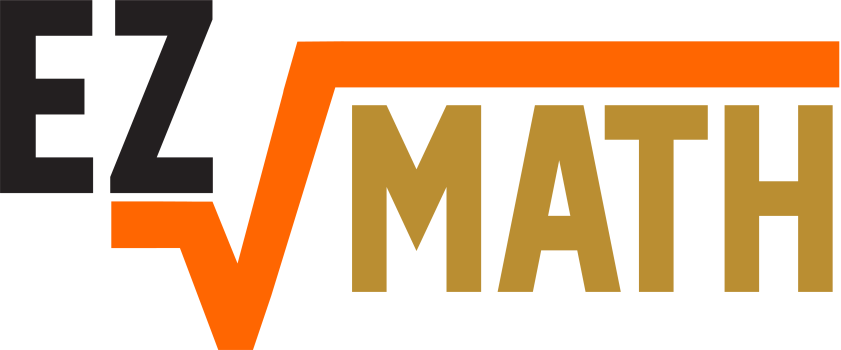POV: It’s the middle of May. State testing has mercifully concluded. 8th grade students have their initial high school course placement. Grades are pretty much solidified, especially if you use a year-long gradebook like I do. How do you spend those last few weeks with your students?
Many teachers like to do projects during this time. Some teachers try to cram in the last few Learning Targets in order to be able to say that the students were “exposed” to all of the state standards that year. A select few (tenured) teachers fire up the old Disney+ account and watch a large amount of “educational streaming content” (not recommended). No matter what your goal is (content coverage, student exploration, survival), the last few weeks of May reveal how good your classroom culture really is, and whether the time you spent on rules, procedures, and expectations in the first third of the year really made a lasting impact.
My strategy for the end of this year was pretty simple: I’m going to teach all the stuff! I have very rarely finished a school year where I actually taught all of the standards. It’s surprisingly hard to do. In the courses I teach, it’s usually the statistics standards that draw the short stick. That’s a shame, since you can do some really interesting work with statistics. They aren’t critical standards though, so the unit always gets pushed back for other more “essential” standards.
This year I went the project route, hoping to give my students the opportunity to apply what they learned in a novel way. I created a small project called Digging Into The Data in which students took a survey on the things they liked and then looked for trends or strange correlations using two-way tables. They then had one minute to present their most interesting finding to the rest of the class.
In Math 8 we closed out the year with the classic NCTM activity “Barbie Bungee”, in which students use scatter plots and linear association to figure out how many rubber bands they should give their bungee jumping doll in order to have a fun bungee jump, but not hit the ground, from the top of a 12-foot ladder. See the winning team below:

No matter what activities, projects, or assignments you choose, none of it matters unless the students are in the right mindset to do them. By the middle of May students are tired and lack a lot of the normal motivation to do well. Summer is oh so close, and your 8th graders know they most likely will never see you or the school ever again. This creates the conditions for some very bad decisions to be made.
This is where all of the hard work you do in August, September, and October pays off. Did you spend the needed time to establish and enforce behavior expectations? Did you make meaningful connections with your students to help foster a sense of belonging and purpose in the classroom. Do your students know that when they enter your room, no matter what is happening outside, it’s now time to get to work on the inside? You might think you established all of those things, but you really find out now.
So, how did my year close out? Well, other than missing the last two days of school because of a pretty nasty cold (I actually took sick days, following my own advice!),things went pretty well. Barbie Bungee can go very wrong, very quickly. Students are using meter sticks and rubber bands to gather data, which lends itself to light saber fights and airborne rubber projectiles. None of that happened this year (as far as I know), and the students were highly engaged and motivated. My Enhanced Math 1 students found some really weird correlations in Digging Into the Data, and we got through all of the presentations in one 51-minute class period. Here is a pretty fun student sample that we had a good laugh about.
Ideally, the end of a school year is a celebration of progress and learning. Students should feel good about the work they did during the year, and have tangible skills to show for it. If you put in the work in the first third of the year building a classroom where all students are expected to achieve at high levels, you have a good chance of celebrating at the end, rather than counting down the minutes until it is mercifully over.
I wish I could say every school year has ended successfully for me. They certainly all haven’t. The key is to learn from the bad endings, and remember them clearly when approaching the next school year. Having one bad school year is usually an unfortunate stroke of bad luck. Having a string of them in a row means you need to really examine what you are doing in the classroom. I sure have had a few bad ones, but I always try to learn from them and make changes the next year.


One thought on “Closing Out The School Year”
Comments are closed.